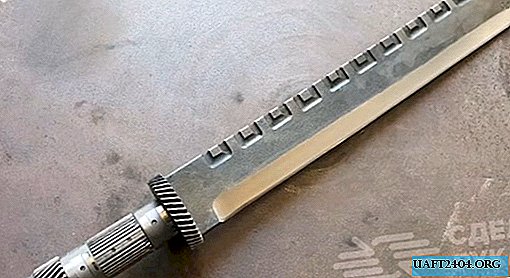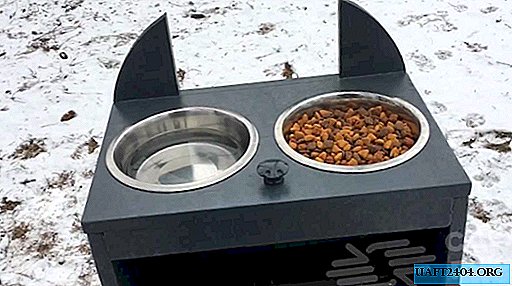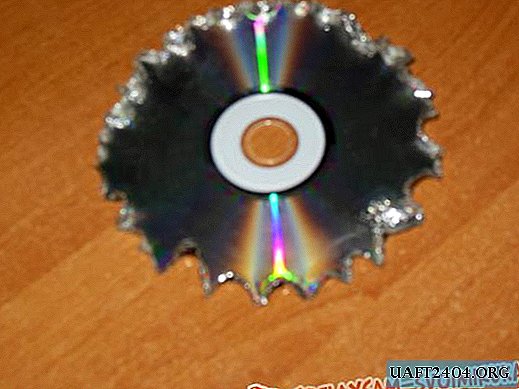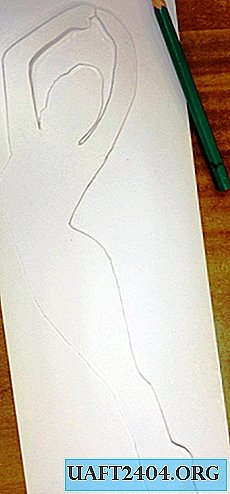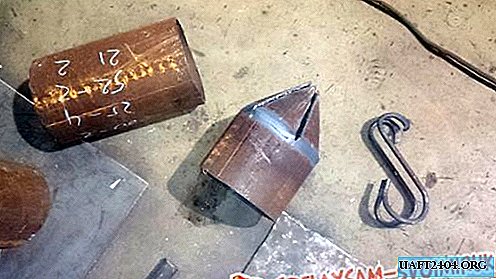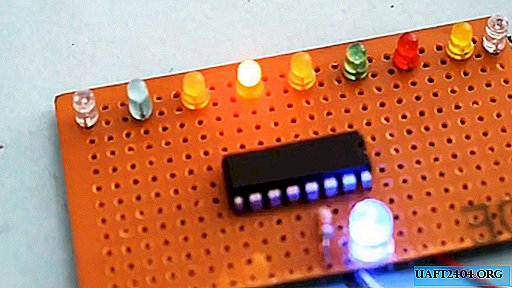Share
Pin
Tweet
Send
Share
Send

Equipment and ingredients
You can cook sausages at home in the simple or right way. For a simple method, we need only a meat grinder with a special nozzle and a culinary thermometer. For proper cooking, in addition to a meat grinder and a thermometer, you will also need a cutter (powerful mixer), a sausage syringe and another thermometer.
Ingredients. Meat, lard (or lean and fatty raw materials), table salt, nitrite salt, pepper, spices, phosphates (citrates). Mandatory shell, it can be artificial or natural (chereva). Detailed proportions are given below in the article.
A little about chemistry in homemade sausage
A lot of questions for a beginner sausage or simple housewives arise on the basis of the use of chemistry in home sausage. I will talk about every controversial ingredient.
- The first thing that lovers of "ideal compounds" spit on is nitrite salt. This is a simple NaCl (rock salt) with the addition of sodium nitrite NaNO2. The content of the latter varies in this salt from about 0.3-0.5% of the total volume. What is it for? Mainly for a beautiful pink color and for a protective function against bacteria and microorganisms. There is such a terrible disease as botulism. It is sodium nitrite that prevents the development of pathogenic microorganisms, which cause this hostility. To the question, is it possible to do without nitrite salt? Definitely yes! Only your product will be gray, ugly and if there is a mistake in the technology, there is a risk of getting sick.
- The second is phosphates or citrates. The problem here is as follows. In fresh meat (no later than 4-6 hours after slaughtering the animal) phosphates are present in their natural form. Over time, they break up at the chemical level. We just add them to the meat, bring the meat to a pair level. If without them, then there is a huge risk of getting a marriage. Further we will dwell on this in more detail. Is it possible to do without them? Yes! But there is a risk of ruining everything.
Cooking Technology and Ingredients
There are a few rules to remember. At any time during the processing of meat, its temperature should not exceed 12 degrees Celsius. This is the first time we need a thermometer. If close to this figure, we stop, put everything in a bag and then in the freezer. There is a trick, before starting work, remove the meat grinder (iron parts) in the freezer.

For the preparation of sausages, we need meat raw materials (beef 800 grams and bacon 200 grams), table salt 10 grams, nitrite salt 10 grams, ground pepper mixture 2-4 grams, phosphates 3 grams, ice cream 300 grams (ice water or milk), spices as desired, schwart block as desired (collagen), shell. All proportions for ease of understanding and calculations are given per 1 kg of raw meat.
First, grind meat and bacon twice through the smallest grinder of the meat grinder.

If there is a cutter, grind it with a cutter. The better the chopping, the more tender the sausages will be. Do not forget about the temperature.


Add spices, mix.



We bring in ice water (cream or milk).


We interfere very actively. Long and high quality. It is necessary to achieve complete absorption of water in raw meat. The protein in the meat must react and this will be seen in the so-called white threads. We pick up a piece of minced meat and break it, if we see white strings stretching from one piece to another - everything is correct.

We prepare the shell and equipment.

We stuff the stuffing (emulsion) into the shell.


Bandage at will (or twist).


The next step is cooking. It can be produced either in water or in the oven. Here is the next very important stage. It is necessary to achieve such a balance so that the outside is no more than 80 degrees and that's it, without exceeding this mark we bring the temperature inside the sausages to 70-71 degrees.
If in water. Be sure to put a grate or plate on the bottom, sausages should not touch the hot bottom directly. Fill the water and raise its temperature to 80 degrees. We adjust the heating so that the temperature is always within this figure.



We install the probe in the center of one of the sausages and wait for heating to 70-71 degrees.

When the goal is achieved, we cool the product as quickly as possible in ice-cold running water.


All. Sausages are ready to eat. You can eat right away. Can be frozen in a freezer. In the future, we simply boil like ordinary store sausages.

Afterword about a possible marriage
The most common marriage in the home cooking of sausages, sausages and other sausages is edema. Recognizing it is very easy. After the cooking stage, we find the following result: under the shell there is a lot of water, juice or fat, and a dry cutlet floats in the center. This happens if you have violated the temperature during meat processing and minced meat, poorly knead the minced meat in an emulsion or there were problems with the temperature during cooking, for example, you allowed heating above 80 degrees for a critical time.
Part of the problems is just solved by phosphate (or citrate). Using these ingredients, you are much more likely to get a wonderful product that is perfect in every way. All additives are approved for use in our country. Previously, in general, according to GOST, there was saltpeter - it is much more harmful and dangerous than nitrite salt. As for the dose of nitrite, believe me, in a store bell pepper it is ten times more.
Share
Pin
Tweet
Send
Share
Send

